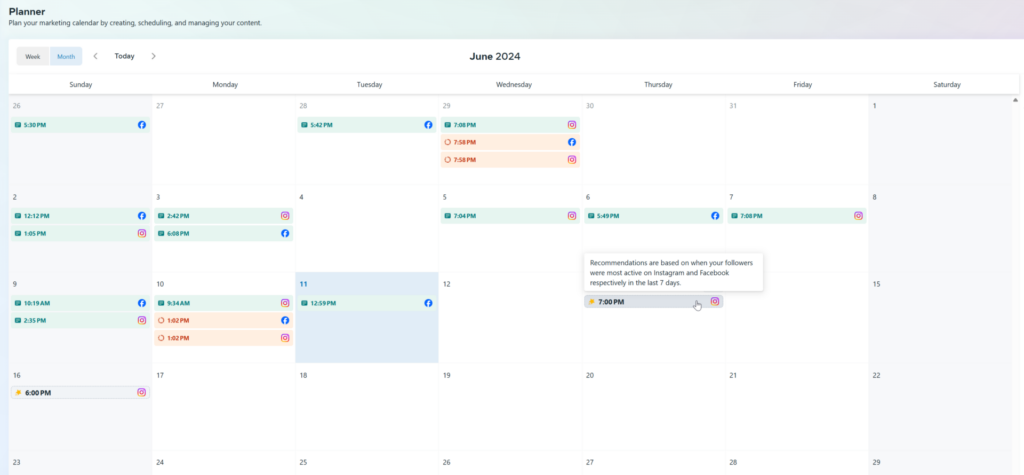As easy as 1, 2, 3, 4, 5
Content marketing is an unavoidable part of business for almost any business, so how do you win?
Hands up, who’s been so excited to work on a big and bold marketing campaign that you’ve forgotten to produce a strategy?
Don’t worry; we’ve all been there.
To run a successful content marketing strategy, you must answer five critical questions: who, what, when, why, and (w)how.
Also referred to as inbound marketing, content marketing is the practice of attracting your target audience through relevant and engaging content, including, but not limited to, blog posts, videos, pictures, podcasts, and infographics.
Content marketing is crucial for brand awareness. Successful content marketing captures your target audience’s interest, engages with them, and then persuades them to make a purchase.
To create a compelling content marketing strategy, you must think like your customers.
Here are our five steps to win at content marketing.
Step 1: Who
Before you create content that resonates, you must clearly define your target audience.
This step is the inception of good content marketing.
Sure, it sounds simple enough, but we’re sure you’ve heard the old saying that if you try to sell to everyone, you end up selling to no one.
Many businesses have been born out of someone experiencing a problem or complication.
Target audiences are very similar to the founder or visionary of a company; particular consumers have a problem and are looking for a solution.
Defining your target audience ensures you’re creating the right content for the right people and helps you better understand how to create content that connects benefits to their needs. It also clarifies who you would prefer to exclude from targeting.
If you need help with this, take a step back and create a customer persona to customise your marketing efforts better and significantly impact your prospects. Answer the following questions below.
- Who are they?
- What is their gender?
- What is their personality?
- What is their relationship status?
- What is their family life?
- What is their job?
- Where do they live?
- What are their interests and hobbies?
- What is their income?
- What are their needs and challenges?
- Where do they go for information?
- What is their social media usage?
- What do they value?
Remember, your buyers are people, not demographics.
Step 2: What
Once you’ve identified your target audience, the next step is to determine the narratives you wish to convey. Consider the flood of information bombarding your inbox and social media feeds; much of it lacks relevance or value. Consumers are interested in something other than your company’s backstory; they prioritise content that directly addresses their needs and interests.
Effective content marketing involves separating the subject matter—what your business does—from the content that resonates with your audience. By doing so, you can effectively address various marketing challenges, particularly by pinpointing areas within your sales funnel where goals aren’t being met.
To gather valuable insights, collaborate with your customer service team to understand common pain points or conduct surveys to solicit direct feedback from your audience.
Step 3: When
It’s essential to determine the timing of your content distribution to maximise its impact and relevance.
You want to understand when your target audience is most active and receptive to consuming content and identify key moments or events that align with your messaging.

Some key considerations for this step include:
- Audience Behavior: Analyse data to identify peak times when your target audience will most likely engage with content. This may vary based on time zone, industry, and demographics.
- Seasonality and Trends: Consider seasonal trends, holidays, or industry-specific events that may influence when certain types of content are most relevant or timely.
- Content Lifecycle: Consider your content’s lifecycle and plan for timely updates or repurposing to ensure continued relevance and visibility.
- Campaign Scheduling: Coordinate the timing of your content releases with broader marketing campaigns or initiatives to maximise impact and consistency across channels.
- Real-Time Engagement: Be prepared to respond to real-time opportunities or events, such as trending topics or viral content, to capitalise on timely engagement opportunities.
- By strategically planning the timing of your content distribution, you can ensure that your messages reach your audience when they are most likely to be receptive, increasing the effectiveness and impact of your content marketing efforts.
Step 4: Why
You must articulate the purpose behind your content marketing efforts. You should be able to demonstrate and understand why you’re creating content in the first place and what goals you aim to achieve.
Some key questions to address at this stage include:
- What are the overarching objectives of our content marketing strategy?
- How does content marketing align with our broader business goals?
- What specific outcomes do we hope to accomplish through our content?
- Why is it important for our target audience to engage with our content?
- How will successful content marketing contribute to our brand’s reputation and authority within the industry?
- By clearly defining the “why” behind your content marketing strategy, you can ensure that your efforts are purposeful, focused, and aligned with the needs and interests of your audience.
Step 5: How
You need to create a content mission statement. This statement should include your business’s values, the audience, priorities, and the principles it will adhere to when creating content.
It can be more detailed, including information on creation, the kinds of stories you intend to tell, content forms, and the platforms it will share.
Some questions at this step that are important to consider:
- How will this content help our audience?
- What action do we want our audience to take after engaging with our content?
Revisit your buyer’s journey and consider what type of media your audience uses the most and where you can reach them most effectively. The below strategy helps capture your audience’s interest and encourages ongoing engagement.
- Top of the funnel
This is known as the awareness stage, in which consumers seek answers, information, and insights. The audience here is passively browsing or becoming aware of their problem.
Content includes social media ads, organic social media, influencer partnerships, display ads or search-orientated introductory blogs. - Middle of the funnel
This is known as the evaluation stage, where consumers conduct extensive research. This is where you should answer your audience’s questions or resolve a need.
Successful content at this step includes instructional content such as videos or blogs. - Bottom of the funnel
This is known as the purchase stage, where your content aims to encourage consumers to make a purchase.
Remember: don’t be afraid to get a little adventurous with your marketing.
So there you go—the three steps to creating a successful marketing strategy. It’s pretty straightforward; you just need to actually think about it!


